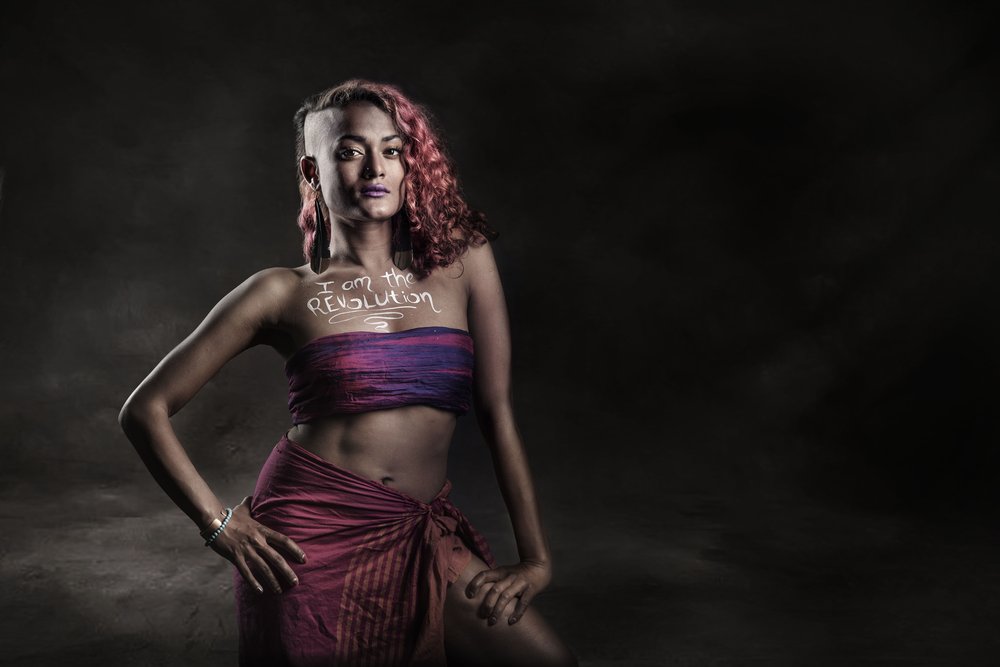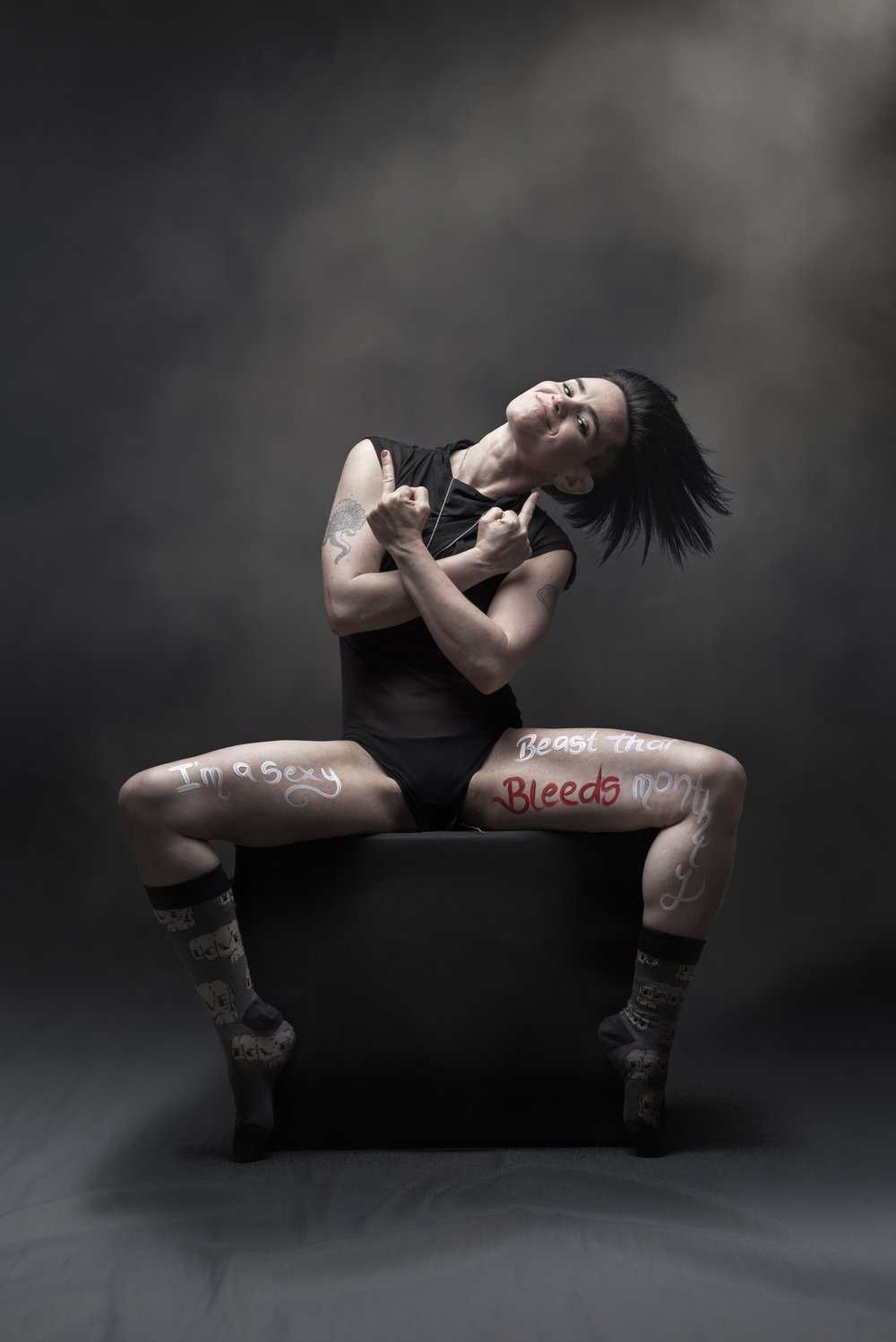Words: Adrian Hatwell
Photos: Melissa Nickerson
Commercial photography has a gender problem. Despite the gender ratio of professional photographers being about equal, and female-identifying photography students clocking in at 75 per cent, it is estimated that only about 15 per cent of advertising imagery is shot by women.
It is a global situation that many across the world are trying to address but perhaps none so creatively and powerfully as a group of female commercial photographers here in Aotearoa.
Women’s Work is a collective, established by Auckland photographer Victoria Baldwin in 2019 — see D-Photo Issue No. 96 for an in-depth interview — to shine a light on this large gender imbalance while promoting the work of Aotearoa’s many accomplished female commercial photographers.
Auckland-based Melissa Nickerson is one photographer involved in the collective. Having worked in the commercial realm for six years, Melissa contributed to the inaugural Women’s Work exhibition held on International Women’s Day in 2020, and again on the same day this year. She says the project has really transformed the way that she relates to other females in the field.
“They were all my competition,” she explains. “I knew these women because I had gone up against them to get a job or I really admire their work and I find them super intimidating. But after working together on Women’s Work, and having open conversations, supporting each other, offering help and advice, you stop seeing each other as competition and start seeing each other as comrades.”

Melissa’s offerings for this year’s Women’s Work showing come from a continuing personal project, called We All Bleed Red. This series of portraits depicts its subjects’ skin covered in negative or painful messages that these people have received in life. This is followed by a second image in which the hurtful text is replaced by text celebrating the ways in which the subjects have risen above the pain and found positivity in their lives.
“The idea is to be able to connect people through our shared pain experiences,” says Melissa. “So often we think everyone has their lives together, and it can be really easy to criticise yourself harshly because you think everyone else is doing great — because that’s the way they present themselves, especially in New Zealand.
“But inwardly, we suffer.”
Melissa is well positioned to take such a view of the Kiwi psyche; while she’s lived in the country for around 12 years, she originally hails from Oregon in the US. She originally learned photography as a child from her enthusiast father, and, after moving here and graduating from The University of Auckland, she began a career as a full-time photographer.
She started off doing “random photography jobs” before diving into the world of commercial photography. It was a natural fit, appealing to both the artistic and technical sides of her personality, plus it came with the attraction of working with some of the top minds in the industry. But the move also required substantial adjustments.
“Emotionally, I think the difference is learning how to be brave enough to take the necessary steps when, often, there’s tens of thousands of dollars hinging on you,” she reveals. “You need to be able to stay calm when there are 20 people looking over your shoulder and a lot of money on the line.”
This is one of the areas where Melissa can really “feel the sexism” of the industry. Despite accomplished track records and demonstrably equal skill, women are constantly overlooked for jobs on big productions with large budgets because of a persistent bias that suggests females will be overwhelmed in such spaces.
“You’re not taught to present yourself in a confident way, and life has taught you the opposite of ‘you are going to be successful’,” she says. “After getting knocked down so many times and seeing other people given the opportunities, it really disheartens you, and your natural confidence does go down.”

This is the very essence of the blight Women’s Work was established to combat.
Just a few minutes with Melissa should be enough to convince anyone she isn’t easily overwhelmed. In addition to shooting for major clients such as Reebok, Vero, Air New Zealand, and Adidas, she has worked on major film productions, such as the 2020 festival hit Ru¯rangi, and films her own documentary projects. With what spare time she has, Melissa enjoys extreme outdoor activities like mountain climbing and caving.
Even with all that up her sleeve, it is still a battle to get the commercial world to see beyond its gendered blindfold.
“You have to be very determined and focused and not easily intimidated, because it’s a very male-dominated world,” she advises. “Lots of people look at you and think, Oh, you’re a small woman; how are you going to handle all this big equipment?”
Having endured such sexist thinking throughout her career, it comes as no surprise that Melissa has been so successful at tapping into the negative self-talk and harmful preconceptions that are addressed in the We All Bleed Red project. The idea first came to her while in lockdown in Nelson due to the Covid pandemic, watching from afar as the Black Lives Matter movement erupted with action.
“I was in this beautiful, pristine area; I had the mountains to my back — I couldn’t [have] be[en] in more of a paradise. Meanwhile, back home, people are dying, cities are burning. I saw all these important movements happening across the world and I was just so cut off from it, stuck in this paradise,” she says.
So she took action with photography. Deciding to create work that could bring people together, challenge them to think deeply, and encourage them to connect in an honest way, she invited some brave acquaintances to be part of an extraordinary one-night shoot.

Her three initial subjects were Sandani Hiranya, Robin Wachsberger, and Ramon Te Wake, all women who the photographer had previously met and been impressed by. There was just one day left on the gear she had been renting for another shoot, so the photos had to be done that night. The three participants were invited to a strange house, in which Melissa created a safe space for them to meet each other and explore their personal traumas — think soft music, comfort food, and wine.
Although none of the subjects had met the others before that night, they soon forged strong bonds through shared vulnerability and they all stayed through the night to help with each other’s shoots.
“One of them would be holding Sandani’s skirts up to the wind to get that flick, someone else would bring her champagne in between shots,” Melissa recalls.
The models were all posed in the house’s living room, but, because of space constraints, the photographer had to position herself in the kitchen, shooting down a hallway, to create what she needed. Luckily, the living room had high ceilings and the curtains could be closed so Melissa could create directional lighting with heavy fall-off, introducing drama to the images.
“I really love being able to completely control all the light sources and having the light fall exactly where I want to paint it,” she says.
The background of the shots was added in post-production, as was the chair that some of the subjects are on — at the time they were sitting on a rented lighting case. Aside from that, and slight tweaks to emphasise the text, little else was touched in editing.
For the Women’s Work group show, the photographer was obviously keen for her first wave of subjects to be female, but she plans on continuing to expand the We All Bleed Red project moving forward.
“I want all genders and non genders,” she explains.
Her ultimate aim is to produce an exhibition of the work but, in what seems typical Melissa style, she is not content for it to be just another conventional show.
“I would love for it to be something people can go through and feel all those different emotions; something they can think about and relate to themselves, think about their scars and the people around them,” she says.
In the meantime, she and all the talented artists featured in the Women’s Work project can be immensely proud of what they have already achieved. Will it result in lasting changes? Melissa will tell you it already has: “I’ve formed rewarding relationships, and the communication continues throughout the year; it really is a community. It’s beautiful — I think it has completely changed the whole industry for those of us who were involved in the Women’s Work exhibition.”
To see more work from Melissa, visit melissanickerson.com. Get more info on Women’s Work at womenswork.photography.

Copyright © 2024 Federico Monsalve Limited. All rights reserved.